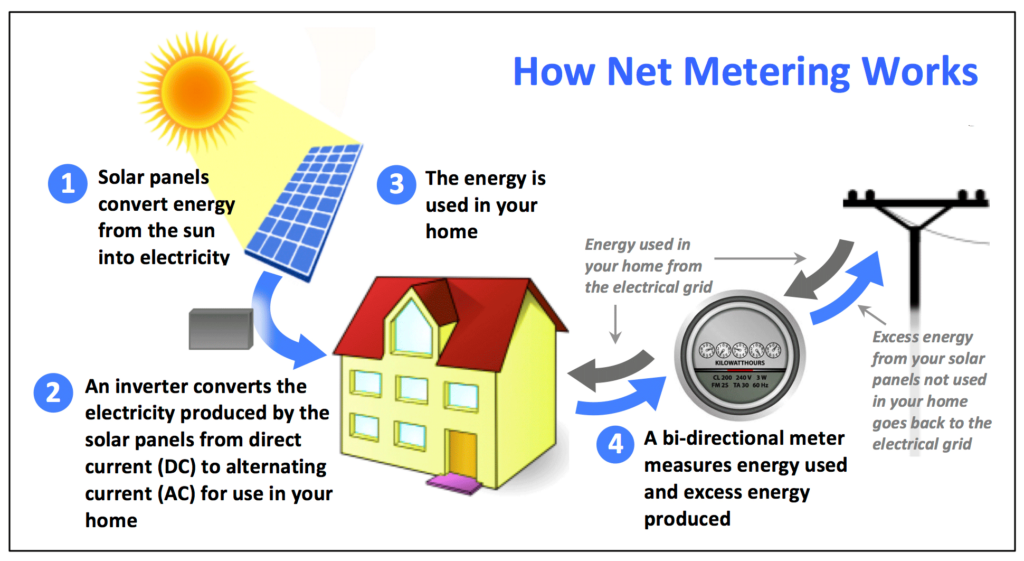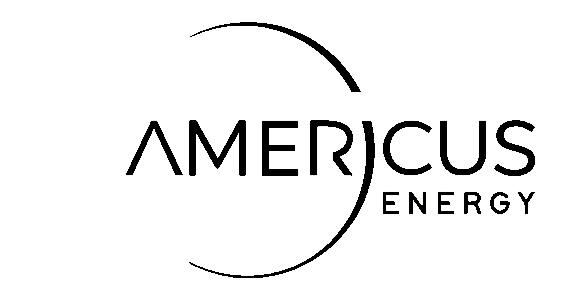
According to Statista, in 2021, there were around 3.27 million photovoltaic net metering customers in the United States. Net metering was first implemented in the United States in 1982 to incentivize the adoption of renewable energy sources, particularly solar power. It was introduced as a policy to promote the growth of clean energy generation and reduce reliance on fossil fuels.
Net metering was first implemented in the United States in 1982 in Massachusetts – one of the earliest states to adopt net metering as a policy to promote renewable energy sources, particularly solar power. Over time, other states and utilities followed suit, and by 1998, 22 states or utilities had adopted net metering regulations.
How Net Metering Programs Work
The main goal of net metering is to encourage homeowners and businesses to install solar panels and produce their own electricity. By allowing them to receive credits for any excess energy they generate and contribute back to the grid, net metering provides a financial incentive for individuals to invest in renewable energy systems.
Net metering allows solar energy system owners to receive credits for the excess electricity they generate and contribute back to the grid. This mechanism not only promotes the use of clean energy but also helps homeowners offset their electricity costs and earn savings. It’s a beneficial arrangement that supports the growth of renewable energy in the country.
Why Join a Net Metering (Net Billing) Program
Enrolling in your local net metering program can be an excellent decision if you’re considering going solar.
One of the top reasons to do so is the potential for significant cost savings. With net metering, any excess energy your solar panels produce can be returned to the grid, and you receive credits for that energy.
When your solar system isn’t generating enough power, such as at night or during cloudy days, you can use those credits to offset your electricity usage from the grid. This means lower or even zero electricity bills!
Not only does net metering help reduce your reliance on traditional energy sources, but it also allows you to take full advantage of your solar investment while contributing to a greener future. It’s a win-win situation for both your wallet and the environment.

How to Enroll in a Net Meter Program
Luckily, the installer does most of the heavy lifting to join a net meter program. To get started, your solar installer will complete the following steps (MarketWatch):
- Interconnection Application: Once your solar system is installed, you’ll apply for interconnection through your utility company.
- Net Billing Agreement: Once your interconnection application is approved, you’ll sign your net billing agreement outlining the terms of the arrangement.
- Install a Revenue Grade or Bi-Directional Meter: Your solar technician will install a bi-directional meter to measure how much energy you use from and supply to the grid.
- Earn Credits: Once your solar panels are on and running, you can earn credits with your state’s net billing program.
What States Have Net Meter Programs
As of October 2023, net metering programs are implemented in these states with their associated utility partners:
Follow Americus Energy on Linkedin for more about solar programs and our custom energy solutions.


